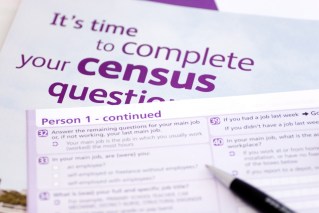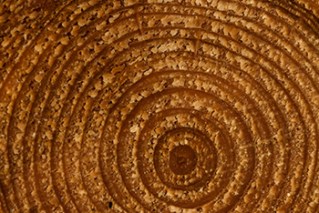Should you trust the BMI? If you’re a young Aussie male, probably not.
Obesity is measured worldwide using the body mass index (a measure of weight in relation to height), which could be grossly underestimating your weight according to new research.
A study by Deakin University published in BMC Obesity has found that young Australian men could be three times more obese than the BMI has been telling us.
• Diet of champions: what our star athletes eat
• Are you drinking too much?
• Good news on allergies, but it involves worms
Twenty-four per cent of Australian men aged 20 to 29 are obese (have a BMI over 30), compared to the previous BMI-based estimate of only eight per cent.
Not so for women, for whom the discrepancy was “statistically insignificant” according to Professor Julie Pasco, the study’s lead researcher.
“While we found BMI-based estimates for obesity in most women were fairly accurate, the use of the BMI markedly underestimated the amount of body fat in young men,” says Professor Pasco, head of the Epi-Centre for Healthy Ageing at Deakin University.

Our young men are living large.
The study analysed data from around 2500 randomly-selected men and women, aged 20 to 96 years, who were all participants in the long-term Geelong Osteoporosis Study. Whole-body scans were used to more accurately measure fat and reveal actual obesity levels.
The problem with BMI
Professor Pasco told The New Daily that the BMI is partly to blame.
“This technique doesn’t account for different body types. It [also] doesn’t distinguish between fat, muscle or bone, which contribute to body weight differently for men and women, and for different age groups,” the Professor says.
For example, the measure also gets thrown out by the elderly, disguising their fat gain because of simultaneous muscle loss. Likewise, the athletic often get misclassified as obese because their muscles weigh more than fat.
This is nothing new. A study in 2008 concluded that the use of BMI as a measure of obesity can result in “misclassification problems”.
Another study from 2008 pointed out that BMI is often based on self-reported height and weight, which is prone to errors.
Fatpedemic

Victorian government launches graphic anti-obesity TV ad. Source: LiveLight campaign.
Of course, the real cause of obesity is not dodgy mathematics, but our laidback lifestyle.
“The current obesegenic environment, with poor exercise and poor nutrition, appears to be causing a bad body composition combination,” Professor Pasco says.
According to Deakin University, obesity has nearly doubled, globally, over the past three decades, with women bearing the brunt of the trend. Approximately one in three women and one in five men are obese, and an estimated two thirds of the adult population are either overweight or obese.
A graphic new TV campaign launched by the Victorian government is targeting the problem of obesity, and specifically the ‘toxic fat’ that can build up around our vital organs.
The video below is not for the squeamish.
A better measure
How could the BMI be improved?
Professor Pasco wants to see age-specific and sex-specific BMI thresholds for obesity.
Despite its drawbacks, she does not think the BMI should be discarded altogether because of the “beauty” of its simplicity.
“It’s so easy to use, and very easy to calculate, and for monitoring the whole population it’s probably the most straightforward method for monitoring whether there’s an increase or a decrease over time, but because this index is now being used more in clinical practice and also for individuals it starts to deviate from the normal pattern,” Professor Pasco says.
Tale of the tape

Tape could be a better measure of obesity than the BMI. Source: Getty.
The Deakin University study used a bone densitometer to scan the entire bodies of the participants. This is a much more accurate measure of obesity, but is probably not something you have lying around.
Here are two alternatives that you can do at home with a tape measure.
Waist circumference: Exhale and measure around the narrowest part of your waist (midway between the top of your hip bone and the bottom of your ribs). According to the Heart Foundation, a measurement of greater than 94cm for men and 80cm for women is unhealthy.
Waist-to-hip ratio: This is an even more accurate measure of how much fat is in your body. Bupa has an interactive calculator to help you work out your ratio and see if you are in a healthy range.









